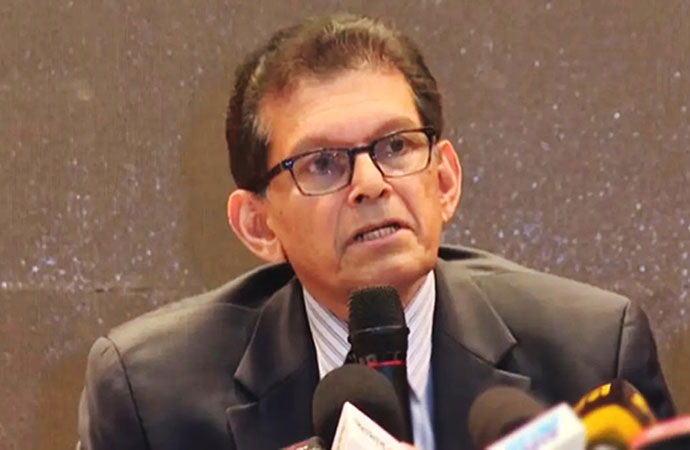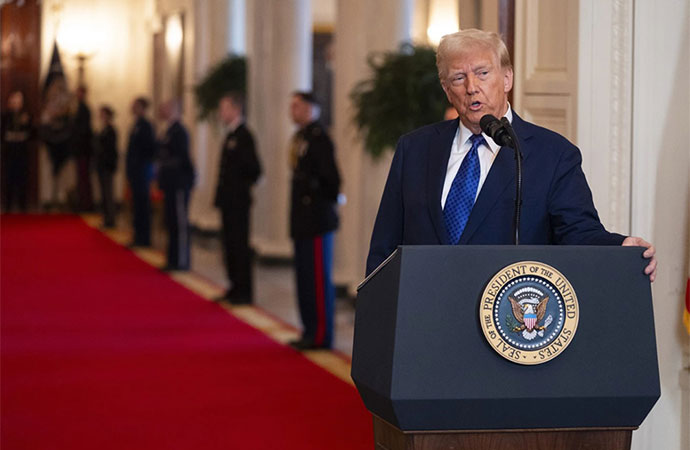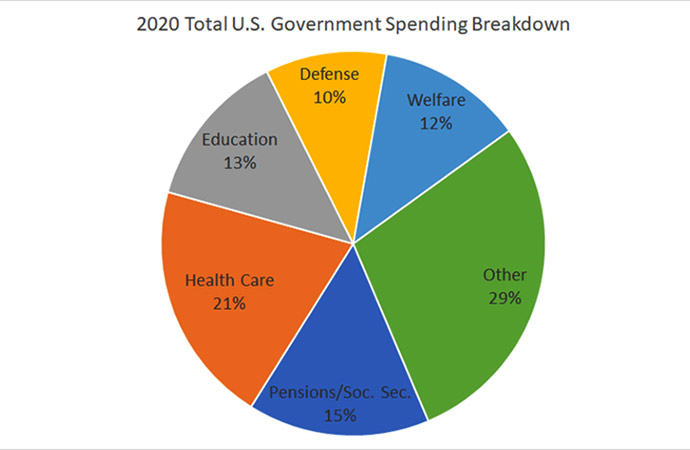Technology

Freepik
Given the risks involved in the race for AI dominance, maintaining a strong lead within democratic advanced economies justifies a public-private strategic mobilization on the scale of the Manhattan Project. Yet the West is doing the opposite, largely owing to its own AI industry’s arrogance, shortsightedness, and greed.
The release of the Chinese DeepSeek-R1 large language model, with its impressive capabilities and low development cost, shocked financial markets and led to claims of a "Sputnik moment" in artificial intelligence. But a powerful, innovative Chinese model achieving parity with US products should come as no surprise. It is the predictable result of a major US and Western policy failure, for which the AI industry itself bears much of the blame.
China's growing AI capabilities were well known to the AI research community, and even to the interested public. After all, Chinese AI researchers and companies have been remarkably open about their progress, publishing papers, open-sourcing their software, and speaking with US researchers and journalists. A New York Times article from last July was headlined, "China Is Closing the AI Gap with the United States."
Two factors explain China's achievement of near parity. First, China has an aggressive, coherent national policy to reach self-sufficiency and technical superiority across the entire digital technology stack, from semiconductor capital equipment and AI processors to hardware products and AI models - and in both commercial and military applications. Second, US (and EU) government policies and industry behavior have exhibited a depressing combination of complacency, incompetence, and greed.
It should be obvious that Chinese President Xi Jinping and Russian President Vladimir Putin are no friends of the West, and that AI will drive enormously consequential economic and military transformations. Given the stakes involved, maintaining AI leadership within democratic advanced economies justifies, and even demands, an enormous public-private strategic mobilization on the scale of the Manhattan Project, NATO, various energy-independence efforts, or nuclear-weapons policies. Yet the West is doing the opposite.
In the US, government and academic research in AI are falling behind both China and the private sector. Owing to inadequate funding, neither government agencies nor universities can compete with the salaries and computing facilities offered by the likes of Google, Meta, OpenAI, or their Chinese counterparts. Moreover, US immigration policy toward graduate students and researchers is self-defeating and nonsensical, because it forces highly talented people to leave the country at the end of their studies.
Then there is the US policy on regulating Chinese access to AI-related technology. Export controls have been slow to appear, wholly inadequate, poorly staffed, easily evaded, and under-enforced. Chinese access to US AI technologies through services and licensing agreements has remained nearly unregulated, even when the underlying technologies, such as Nvidia processors, are themselves subject to export controls. The US announced stricter licensing rules just a week before former President Joe Biden left office.
Finally, US policy ignores the fact that AI R and D must be strongly supported, used, and, where necessary, regulated throughout the private sector, the government, and the military. The US still has no AI or IT equivalent of the Department of Energy, the National Institutes of Health, NASA, or the national laboratories that conduct (and tightly control) US nuclear-weapons R and D.
This situation is partly the result of sclerotic government bureaucracies in both the European Union and the US. The EU technology sector is severely overregulated, and the US Departments of Defense and Commerce, among other agencies, need reform.
Here, the tech industry is somewhat justified in criticizing their governments. But the industry itself is not blameless: Over time, lobbying efforts and revolving-door personnel appointments have weakened the capabilities of critically important public institutions. Many of the problems with US policy reflect the industry's own resistance or neglect. In critical ways, it has been its own worst enemy, as well as the enemy of the West's long-term security.
For example, ASML (the Dutch maker of state-of-the-art lithography machines used in chip manufacturing) and the US-based semiconductor-equipment supplier Applied Materials both lobbied to weaken export controls on semiconductor capital equipment, thus assisting China in its effort to displace TSMC, Nvidia, and Intel. Not to be outdone, Nvidia designed special chips for the Chinese market that performed just slightly below the threshold set by export restrictions; these were then used to train DeepSeek-R1. And at the level of AI models, Meta and the venture capital firm Andreessen Horowitz have lobbied fiercely to prevent any limits on open-source products.
At least in public, the industry's line has been: "The government is hopeless, but if you leave us alone, everything will be fine." Yet things are not fine. China has nearly caught up with the US, and it is already ahead of Europe. Moreover, the US government is not hopeless, and must be enlisted to help. Historically, federal and academic R and D compare very favorably with private-sector efforts.
The internet, after all, was pioneered by the US Advanced Research Projects Agency (now DARPA), and the World Wide Web emerged from the European Organization for Nuclear Research (CERN). Netscape co-founder Marc Andreessen created the first web browser at a federally funded supercomputer center within a public university. Meanwhile, private industry gave us online services like CompuServe, Prodigy, and AOL (America Online) - centralized, closed, mutually incompatible walled gardens that were justly obliterated when the internet was opened to commercial use.
The challenges of AI R and D and China's rise require a forceful, serious response. Where government capacity falls short, we need to bolster it; not destroy it. We need to pay competitive salaries for government and academic work; modernize US (and EU) technology infrastructure and procedures; create robust R and D capacity within the government, particularly for military applications; strengthen academic research; and implement rational policies for immigration, AI R and D funding, safety testing, and export controls.
The one truly difficult policy problem is openness, particularly open-source licensing. We cannot let everyone have access to models optimized for hunter-killer drone attacks; nor, however, can we stamp "top secret" on every model. We need to find a pragmatic middle ground, perhaps relying on national defense research laboratories and carefully crafted export controls for intermediate cases. Above all, we need the AI industry to realize that if we don't hang together, we will hang separately.
From Project Syndicate

























Leave a Comment
Recent Posts
Right On Schedule
The most eagerly anticipated, and frankly hyped up, announcement of an ...
Fighting raged along the borde ...
Fighting raged along the border of Cambodia and Thailand, with explosi ...
ICIMOD drives regional cooperation to inspire new mo ..
The Cage of Captivity and the Cry for Freedom: A Cru ..
Why Japan issued an advisory for a possible megaquak ..
The Autocrats’ War on Universities